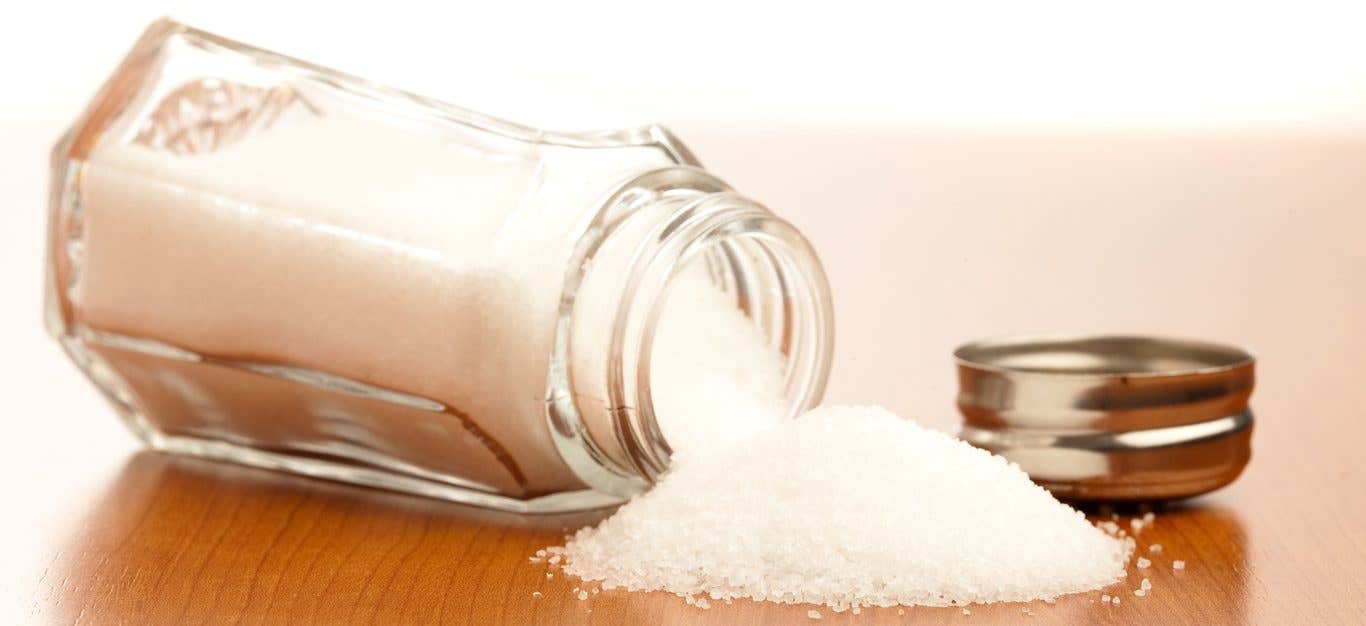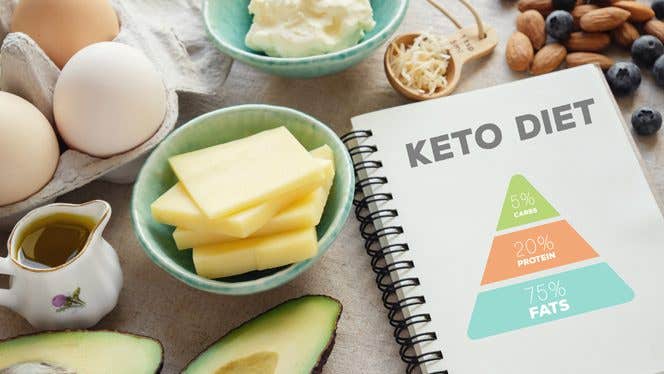Sodium is essential: It helps conduct nerve impulses, control muscles, and regulate fluid levels. But when we eat too much of it—as 90 percent of Americans do—our bodies hold onto excess water to balance things out. That extra water increases blood volume, causing high blood pressure, which gradually damages the delicate tissue lining the arteries. Hypertension is the most commonly cited consequence of high-sodium diets, but it’s far from the only one. Here are four additional reasons to cut back on salt, plus tips for doing so.
Protect Your Bones (and Avoid Kidney Stones)
The more salt that you eat, the more calcium your kidneys will excrete through your urine. Eating too much salt not only increases the risk of kidney stones; it can also cause calcium to be leached from the bones, leading to bone weakening and osteoporosis. A 2016 study published in the Asia Pacific Journal of Clinical Nutrition looked at research data on more than 1,000 men and found that a preference for salty food was independently and significantly associated with osteoporosis.
Reduce Bloating
Sodium’s water-retaining effect can cause swollen ankles, facial puffiness, and uncomfortable bloating in the gut. A 2019 study in The American Journal of Gastroenterology looked at data from a large clinical trial comparing high- and low-sodium levels in two dietary patterns: the high-fiber DASH diet and a low-fiber control diet. The high-sodium version of both diets increased bloating among participants. So did the high-fiber diet, but the effect lessened when they ate less sodium. A high-fiber diet can exacerbate bloating for some people, says the study’s lead author. “Our results suggest that they might be able to reduce that bloating, without compromising on healthy fiber, by lowering their sodium intake.”
Curb Cravings
Consuming salt stimulates the brain’s reward system, and a study from Duke University Medical Center found that the genes activated by salt cravings are the same as those activated by cocaine and heroin addiction. The flip side? “You can change your palate,” says Sharon Palmer, MSFS, RDN, author of California Vegan. “Eventually, those foods can seem overly salty, almost unbearably so.” Though there’s no exact timeline for how long it takes to kick a salt addiction, studies have found that people develop a heightened sensitivity to salt after two to three months on a reduced-sodium diet.
Promote Better Brain Health
In 2019, researchers from Weill Cornell Medicine found that high-salt diets can cause deficiencies in nitric oxide, a vital compound for maintaining cerebrovascular health. When nitric oxide levels dip too low, the brain accumulates deposits of the protein tau, a hallmark of Alzheimer’s. The study authors concluded that lowering salt intake may help stave off dementia.
How to Reduce Your Sodium Intake
The official U.S. Dietary Guidelines recommend consuming less than 2,300 mg of sodium daily—about a teaspoon’s worth. The American Heart Association is even more conservative, recommending a max of 1,500 mg for most adults. A handy label-reading hack to keep you on track is to look for foods that have no more than 1 mg of sodium per calorie. But an even more effective strategy? Skip the highly processed foods and takeout meals.
A 2017 study published in Circulation found that more than 70 percent came from commercially processed foods. Salt added at the table or during home cooking accounted for just 11 percent of participants’ total sodium intake. “People think their salt is coming from the salt shaker, when really it’s mostly coming from prepared foods,” says Palmer. Palmer notes that many of the worst offenders aren’t even noticeably salty. “Bread is a big one.” Cheese and processed meats are other top sources, but highly processed vegan foods aren’t off the hook: “A lot of plant-based meat alternatives can be very high in sodium,” Palmer says. She recommends instead eating whole plant foods—fruits, vegetables, and whole grains—which contain little to no sodium.
To learn more about a whole-food, plant-based diet, visit our Plant-Based Primer. For meal-planning support, check out Forks Meal Planner, FOK’s easy weekly meal-planning tool to keep you on a healthy plant-based path.

Related News
Get Our Best Price On The Forks Meal Planner

Forks Meal Planner takes the guess work out of making nutritious meals the whole family will enjoy.
SAVE $200 ON OUR ULTIMATE COURSE

Join our best-selling course at a new lower price!



